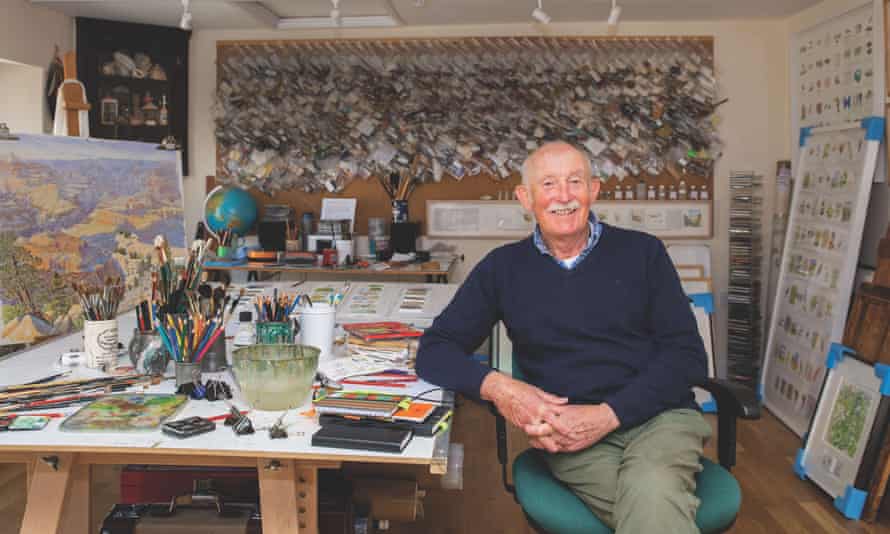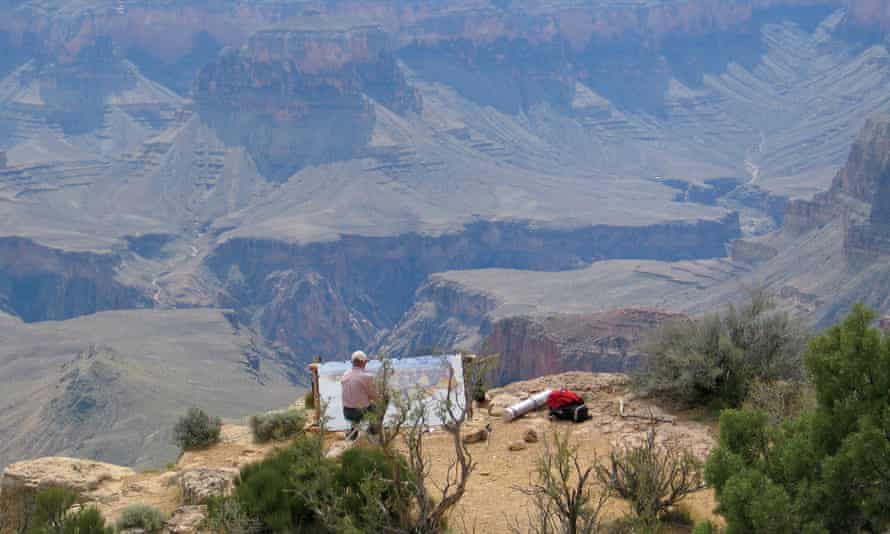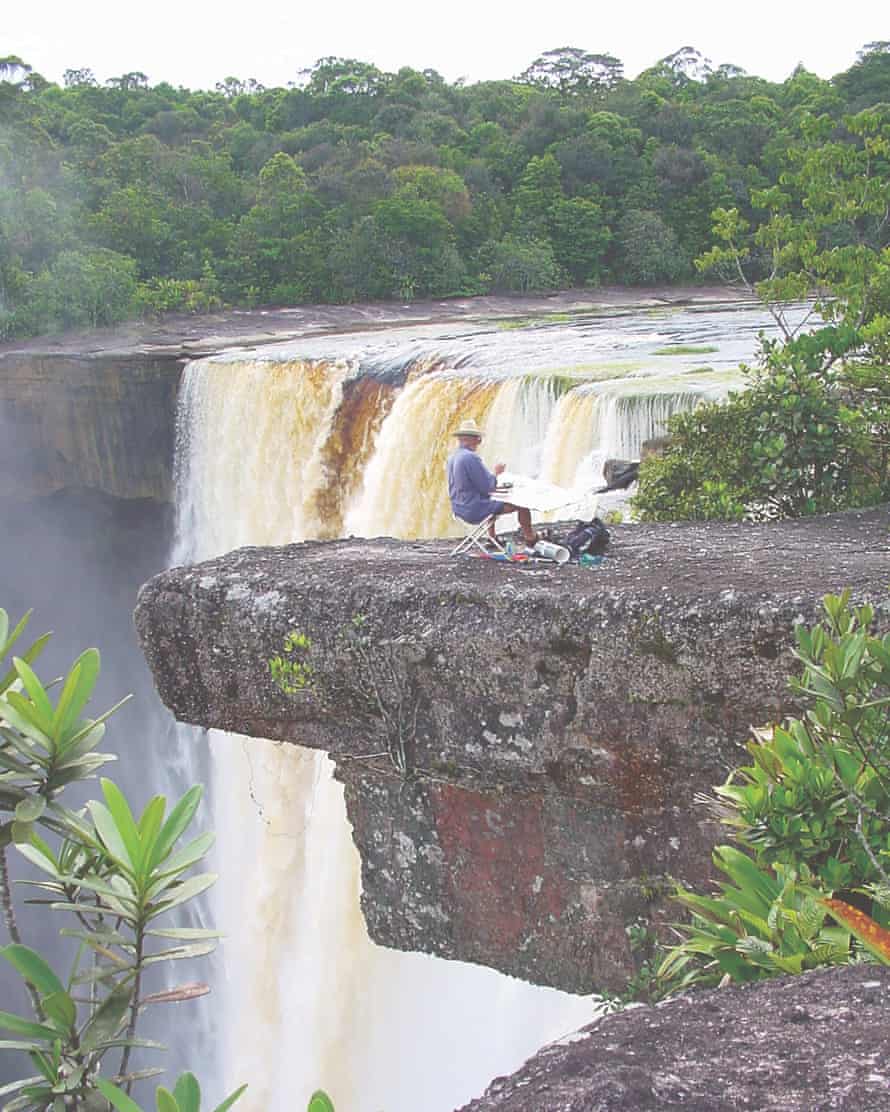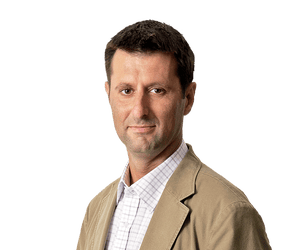‘Excessive tourism can destroy a place’: artist Tony Foster on the rush to the countryside
The painter expresses sadness at how social media, Covid and new buildings have made it a challenge to find places to create art

The far south-west of Britain has long been regarded as a wild and romantic spot, a place where you can lose yourself in rugged landscapes beloved of artists and dreamers.
But a renowned Cornish-based artist celebrated for his images of the world’s great wildernesses has expressed sadness and frustration that social media, new building and the rush to the countryside caused by Covid has made it a challenge to find remote, lonesome places in his backyard to paint.
Tony Foster, whose exhibition Fragile Planet: Watercolour Journeys into Wild Places has opened at the Royal Cornwall Museum in Truro, said: “Having spent 40 years working in wild places around the world, the pandemic forced me to stay at home and make me focus much on home turf. I looked much more closely on my surroundings and realised how much of this landscape is under threat.”
Among the places that Foster believes have been ruined by their popularity on social media is Wistman’s Wood on Dartmoor in Devon, where gnarled oak trees are festooned with mosses and lichens.
“A few years ago when I painted it over five days I saw three people,” said Foster. “It was quiet and mysterious, a magical place. Social media has turned it into a must-see experience. People picnic all over it, leaving litter in their wake. Excessive tourism can destroy a place.”

He said the situation was being made more acute by famous people heading to Devon and Cornwall and documenting their trips on social media. “It was notable when the pandemic hit all the celebrities who are normally globe-trotting seemed to be in Shetland or Cornwall. It feels like Cornwall is being loved to death.”
Foster said he recently hiked to the top of Cornwall’s highest spot, Brown Willy on Bodmin Moor. “There was no view in any direction that was not without a solar or windfarm,” he said. The artist said he was a strong supporter of renewable energy – but in the right place. “It strikes me as absurd that some of our finest landscapes are being covered in solar panels when all sorts of enormous supermarkets and transit centres with acres of roofs have none or very few.”
He said building new houses on the fringes of wild places were changing the feel of landscapes. “Often the landscapes themselves are protected but the areas around are not.”
Foster, who has lived and worked in Cornwall for half a century, said the number of people relocating to the far west after falling out of love with city life during the Covid pandemic and the number of homes being turned into second homes or holiday lets meant there was ever more demand for building land.

“Towns are expanding on to the fringes of areas of outstanding natural beauty. Cornwall is suffering hugely from the sudden surge in second home purchasing, and the huge prices that can now be charged for holiday lets and Airbnb.”
Since 1983 Foster has undertaken 17 wilderness journeys, documenting landscapes under threat from the climate emergency or other human interventions. He creates his works over weeks or months, often living in a tent and hiking, climbing, kayaking or diving to find the best vantage point. Subjects include the Atacama desert, the Arctic, the Himalayas, coral reefs, rainforests and volcanoes.
Foster said: “Nobody can spend time in the world’s great wildernesses without becoming concerned for their future. In primary rainforest, I heard chainsaws whining and trees crashing to the ground. I canoed down clear rivers where gold dredgers poison the water with mercury and camped in deserts knowing that prehistoric water tables were being sucked dry. In the Arctic, mining companies are moving into pristine landscapes as the ice melts.”
During the lockdown, Foster created 161 paintings of nature found close to his home in south Cornwall, such as a bumblebee grounded under a gorse bush, a blue tit attacking its own reflection or sea-worn sticks washed up on the tide.
He added: “I do know quiet places to go and don’t tell anyone about them. But it’s becoming harder to think of a wild place that is not being eroded.”
